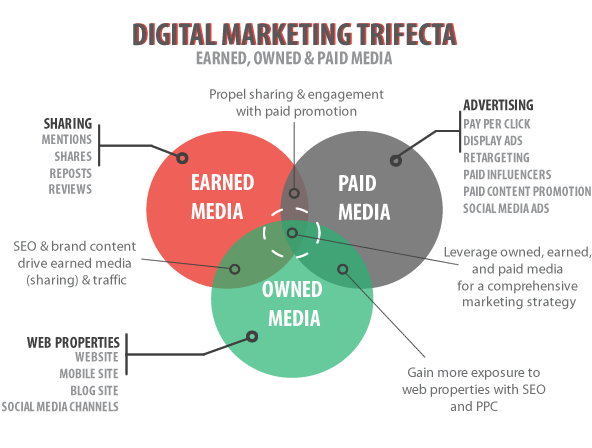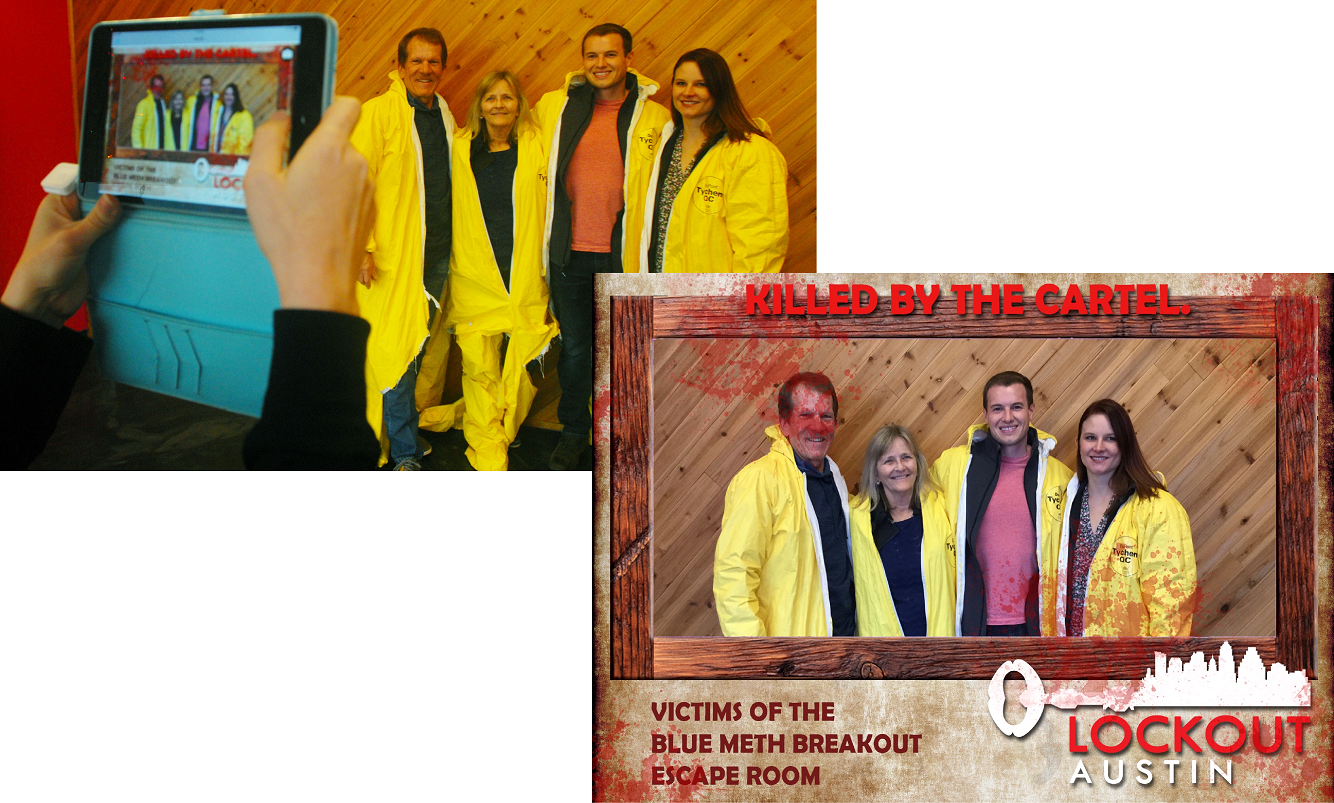The growth in the Escape Room Market over the past 4-5 years in North America has been spectacular. As the market develops and matures, attracting new customers into your venue, and making each happy customer a “brand ambassador” for your business is critical for ongoing growth, reinvestment and profitability.
This is the first of a multi-part series on the use of Social Media Marketing, with a particular emphasis on helping your business enable and empower your customers to tell your story over social media and become your most credible and important lead source of new business.

We hope you find value from this series, webinars and our product offerings.
Social Networks are important because they capture the attention of many people. Facebook recently noted that they have more than 2 billion unique monthly users of their network. That is more than one in four people in the planet. People are shifting their time from reading newspapers and watching television to engaging with their personal social network of friends on mobile phone or computer. The purpose of Social Networking is to connect to people and to expand your network of friends and peers.
There are many terms associated with Social Media Marketing. Below are a few basic terms that you should know before you begin investing significant money in this area.
Social Media is different from Social Networking, though largely intertwined and dependent on one another. Traditional media included television, newspapers, magazines and books. This media was relatively passive or static. Consumers watched or read the media, but were not participants in the creation or distribution of it. Social Media is a broad definition which includes more digital forms of content such as streaming video, blog and Facebook posts and shared photos as a few examples. Social Media is where this digital information is shared and communicated to your personal social network.
This tremendous shift in people’s time and attention away from traditional forms of media towards Social Media is a profound one. An organization and companies must look at shifting some of its marketing efforts to where their potential audience is, which is likely on Social Media. This has led to the rise of Social Media Marketing.

Social Media Marketing is a form of online Internet marketing that utilizes social networking websites such as Facebook, Twitter, Instagram and others as a marketing tool. It is sometimes abbreviated SMM. The goal in Social Media Marketing is to produce and distribute content that users will share with their personal social network. This will help a company or organization increase its awareness and brand exposure. If done properly, it can also increase the company’s credibility and new interest from prospects.
A Social Media Marketing Strategy is made up of 3 different media components or pillars that form the foundation. They are referred to as owned media, purchased media, and earned media. Each component is important as a tripod only stands strong with all three legs solidly planted on the ground.

Source: What is Earned, Owned & Paid Media? The Difference Explained,
Erica Machin, Titan Growth. https://www.titangrowth.com/newsarticles/trifecta.html
Owned Social Media is typically where a company begins is presence. This is their website, Facebook page, blog, and other social media channels such as Twitter, Instagram or dozens of others. Companies and venues have full control over their owned media, and make it as attractive and comprehensive as possible to engage the prospective customers.
Paid Social Media is where a company advertises in a variety of ways – from Facebook ads to Google AdWords to search engine optimization (SEO) investments. Paid media is used to capture the attention of the audience and drive “clicks” over to engage the prospect with the website or Facebook page. Paid Social Media can be extremely targeted to a very specific audience. It is a very large area of investment with just two of the leading vendors – Facebook and Google are worth well over $1 trillion given the growth of spending and profitability in this segment.
Earned Social Media is the third leg of the tripod and an increasingly important one. This is media garnished typically from happy customers that post reviews, share their experience at a location through a selfie, or “check-in” to a location. For an Escape Room, the group photo would be an ideal social post which could serve as a “social endorsement” of your venue. Study after study shows that people, particularly in the Generation-Z and Millennial age groups, trust the opinion of their personal social network friends and family substantially more than they do paid advertising or a paid endorsement actor when considering a product or entertainment venue.
Content – Content for Social Media Marketing is generally one or more photographs, a video, a paragraph of text, or even a musical song. Content is “posted” by users and then becomes shared with each user’s personal network.
Impression – An impression is the number of times that posted content is seen by others. In Facebook, the content appears in the news feed of a user who shares this content and in the news feed many of his or her friends in their personal network.
Reach – Reach is the number of people who received the impressions of a post. Reach comes in two flavors– Total and Organic. Total Reach is the number of people who saw a post which includes fans, non-fans and advertisements. Organic Reach does not include the people who saw the post from an advertisement.
Engagement – Engagement includes the number of public posts along with likes, comments and clicks. While this does not translate into business, it is an indication of how many people may have been exposed to your brand through some online interaction rather than just a photo scrolling past a person.
Clicks– If your post has associated with it a web address – such as a website, page within a website, or perhaps a Facebook Page for your business, school or church, then Social Media users can “click” on the content and it will jump them to this targeted address. Clicks are important because they elevate an interested person to a specific message – which could be an upcoming event, a sale, or key theme.
Click-Through-Rate (CTR) – The click-through-rate is the ratio of users who clicked on content versus the number than have seen an impression. Usually the higher the CTR the more effective the marketing campaign has been at bringing people to a website or Facebook Page destination. The destination should try to elicit some sort of action – to read an article, to learn about an event, or to become more aware of a business or church.
Social Media Marketing advertising campaigns are often priced by the number of clicks. For instance, a click-through on Facebook can cost between $0.50 and $0.75 for a targeted demographic audience. Generally a small percentage of impressions or reach click-through to a new location.
This is the first article in an upcoming series focusing on how Escape Rooms can leverage the Group Photo for social media awareness, endorsement and engagement. Ultimately what matters is that your venue is able to get your message out there, drive more prospects through your door, and drive repeat business from your loyal and happy customers. As we say at Social Flash Media “Let your customers tell your story!”

